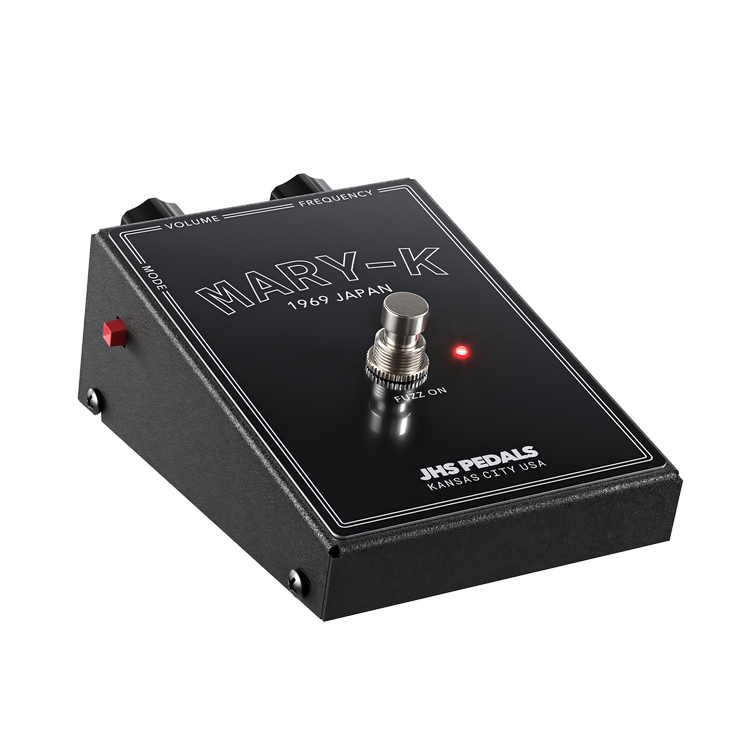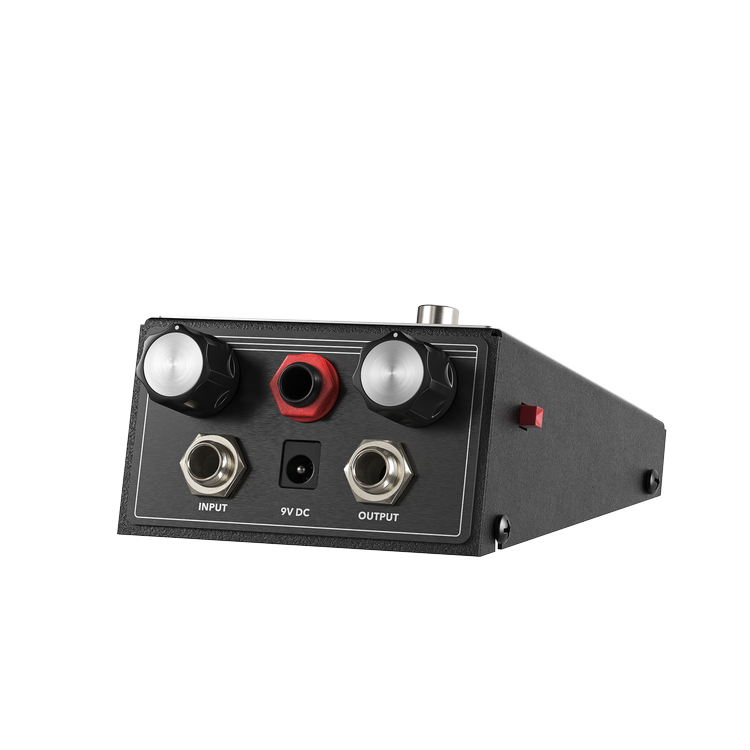

The "Legends Of Fuzz" series is a collection of the most historic, rare and sought-after circuits in the world.
At JHS, fuzz pedals have been part of our range for over a decade. We've designed original circuits, reproduced classics, and we've seen the trend of fuzz popularity come and go. The "Legends Of Fuzz" series is our homage to the most important fuzz circuits ever created. This is our way of ensuring that the stories of these effects live on in the music you create. From the early days of fuzz in the London scene of the mid-60s to the old Soviet military factories of the 90s that brought the Big Muff back to life, fuzz tells a story, and that story includes guitarists like you. fuzz circuit; it's raw, untamed and so pure that it pushes the limits of what your instrument can accomplish. Plug it into a fuzz and tune into sixty years of beautifully broken sound.
Kay Musical Instruments was founded by Henry "Kay" Kuhrmeyer on July 1, 1931. Although Henry quickly focused on producing all types of stringed instruments (including basses, violas, and guitars), they didn't enter the guitar pedal market until late. 1960s with a series of delightfully strange, buttonless, pedal-operated plastic pedals. Each of these four units (the Fuzz Tone F1, the Tremolo T1, the Wah Wah W1 and the Bass Boost B1) was housed in boxes without a pedal button allowing one parameter of each effect to be adjusted by foot. The Kay Fuzz Tone was probably released in late 1968/early 1969. Originally designed as a low-cost version of the Shin-ei/Univox Superfuzz, this fuzz is one of Edge's essential pedals. Fifty-four years later, JHS releases our spin on the Kay Fuzz Tone: the Mary-K. We've even added buttons and an expression pedal output for those who want to use it as originally intended.
Rather than using a pedal chassis, we allow Mary-K users to control the frequency knob with an expression pedal. We recommend the Nektar NX-P and Roland EV-5 expression pedals, but many other expression pedals should work as well. Caution: Some expression pedals may introduce hum/noise into the signal chain in environments with strong electromagnetic interference. Therefore, we recommend using plastic-framed expression pedals with short cables to avoid unwanted noise in a high EMI environment.
USES A CENTER NEGATIVE 9V DC. CONSUMPTION 4MA. DO NOT USE MORE THAN 9V DC, OR YOUR WARRANTY WILL BE VOID.
THE MARY-K ALLOWS BATTERY OPERATION VIA A SINGLE 9V BATTERY. JUST LOOSEN THE TWO REAR SCREWS OF THE HOUSING AND THE BACK PLATE WILL OPEN. INSIDE YOU WILL SEE A BATTERY CLIP TO INSTALL THE BATTERY.
THE WORDS KAY MUSICAL INSTRUMENTS, MARY KAY, KAY FUZZ TONE, TREMOLO, WAH WAH AND BASS BOOST MAY BE REGISTERED TRADEMARKS. JHS MARY-K PEDALS IS IN NO WAY AFFILIATED OR ENDORSED BY KAY MUSICAL INSTRUMENTS OR MARY KAY INC.


